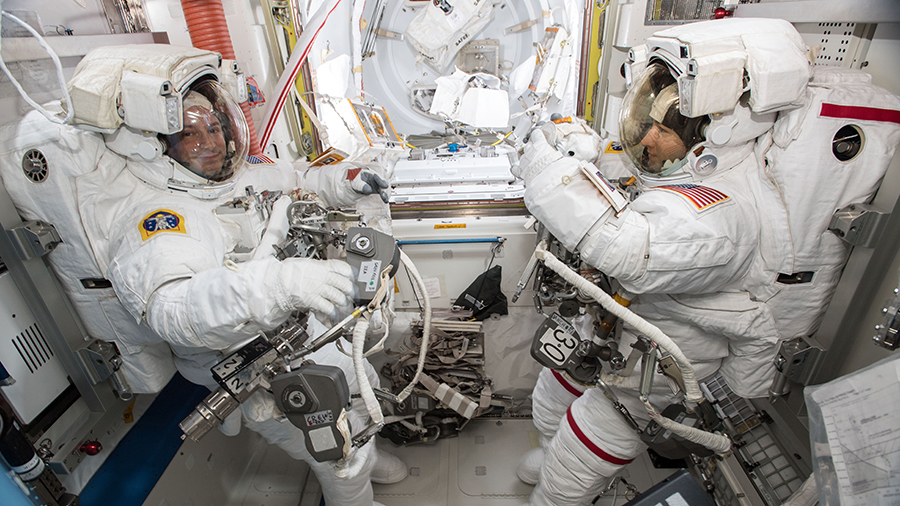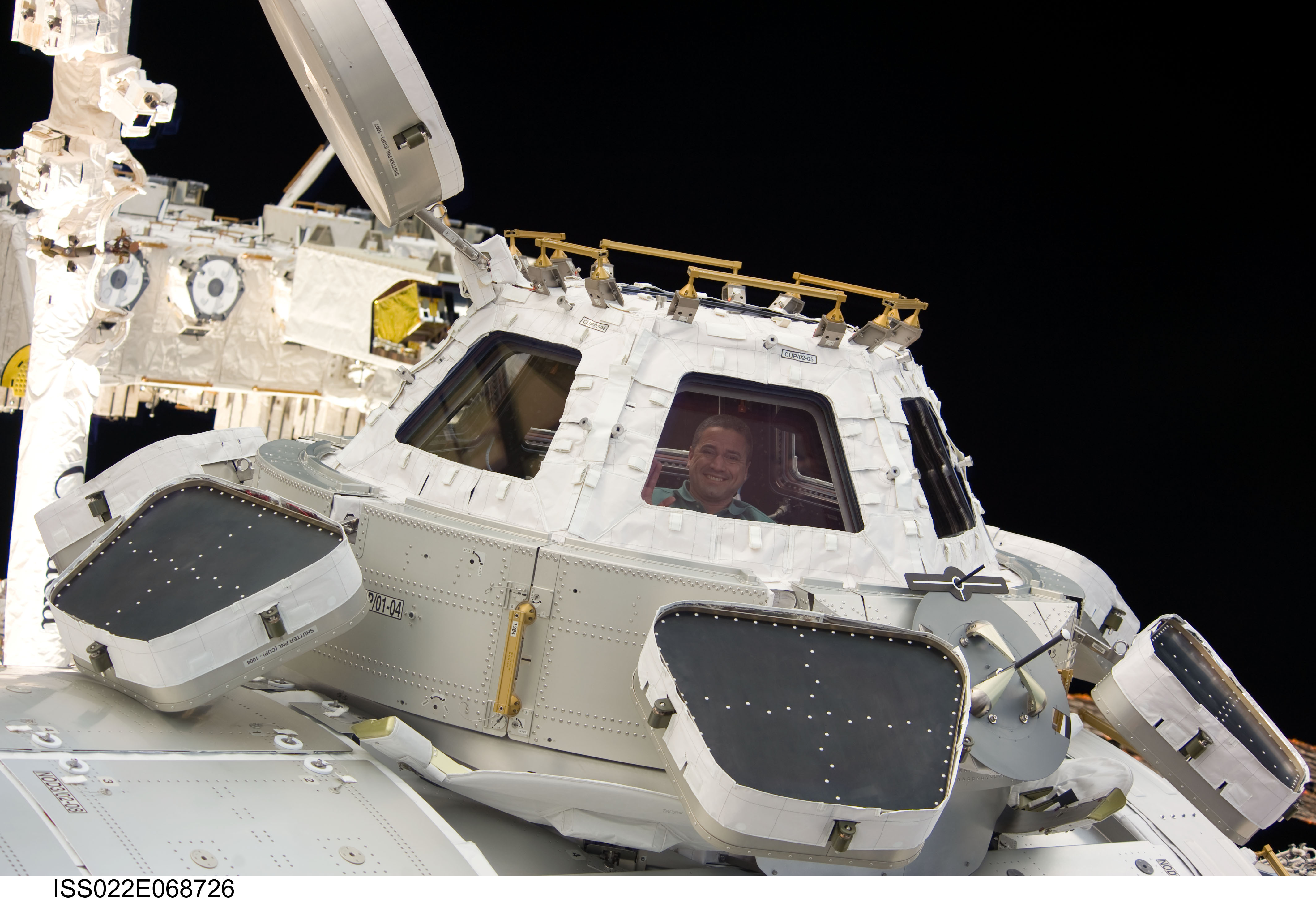

While NSS is looking forward to bringing back ISDC when it is safe to do so, the organization said it hopes to offer regular online events in the future to supplement its normal programming. Thousands of people are expected the virtual event, with hopes by the organizers that tens of thousands might choose to tune into the seven-hour webcast (which includes periodic breaks for attendees to stretch their legs at home.) All that's required is a love for spaceflight, science and exploration. "A Day in Space" also works to reach beyond the traditional space enthusiast audience to appeal to people new to the field, added Pyle.
#A day in space station professional#
"A Day in Space" will feature many of the same speakers scheduled for ISDC, with an emphasis on shooting content in 4K to make it "as professional and engaging as possible," Pyle said. NSS organized this event after the start of the novel coronavirus pandemic, which shut down many major space conferences and events across the world (opens in new tab), forcing the organization to cancel its annual International Space Development Conference (ISDC) in Dallas. Her many projects include being deputy science director for the MIT-led Transiting Exoplanet Survey Satellite (TESS) (opens in new tab) that is searching for habitable worlds orbiting nearby stars.

He has written several books about his adventures and continues to regularly participate in public space events at age 90.
#A day in space station full#
The full schedule of speakers is on the event website (opens in new tab) in both EDT and PDT. We talk about both traditional spaceflight, the exciting accomplishments of many NewSpace companies, the study of exoplanets (opens in new tab), and much more." research space onboard the ISS had been reserved for mostly government initiatives, but new opportunities for commercial and academic use of the ISS are now available, facilitated by the ISS National Lab."We have presentations that range from reflections on the Space Age - by those where were there through today - and well into the future. The first rudimentary station was created in 1969 by the linking of two Russian Soyuz vehicles in space, followed by other stations and developments in space technology until construction began on the ISS in 1998, aided by the first reusable spacecraft ever developed: the American shuttles. As the Space Age began in the 1950s, designs of “space planes” and stations dominated popular media.


The idea of a space station was once science fiction, existing only in the imagination until it became clear in the 1940s that construction of such a structure might be attainable by our nation. It is about four times as large as the Russian space station Mir and five times as large as the U.S. The space station is approximately the size of a football field: a 460-ton, permanently crewed platform orbiting 250 miles above Earth. It is the result of unprecedented scientific and engineering collaboration among five space agencies representing 15 countries. Just as the oceans opened up a new world for clipper ships and Yankee traders, space holds enormous potential for commerce today. The International Space Station (ISS) took 10 years and more than 30 missions to assemble.


 0 kommentar(er)
0 kommentar(er)
